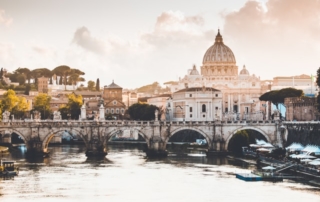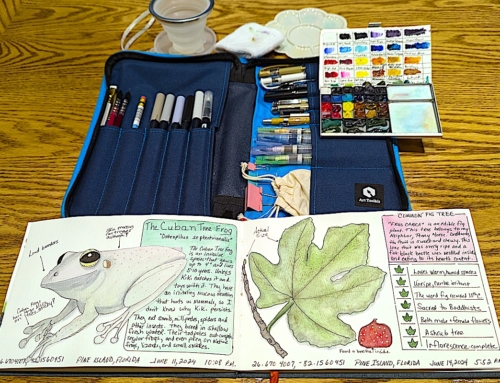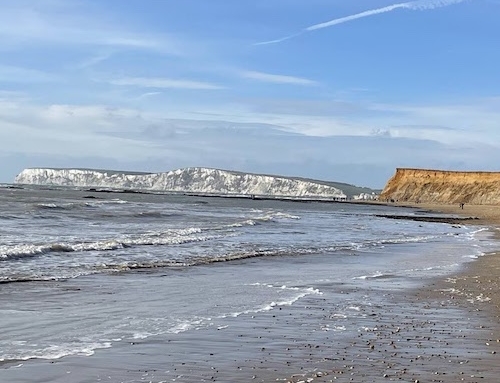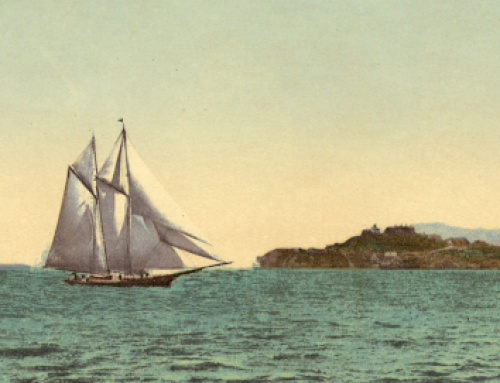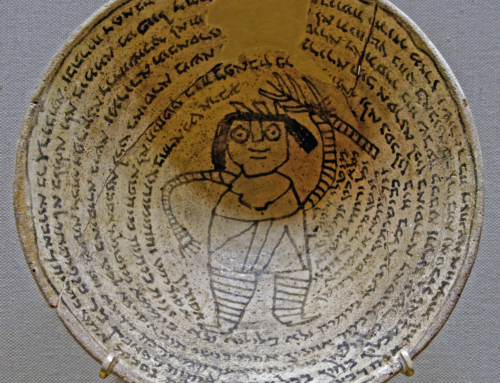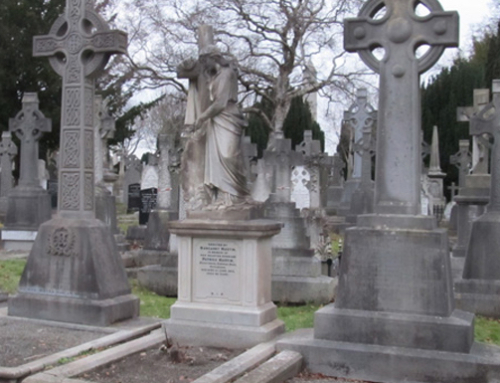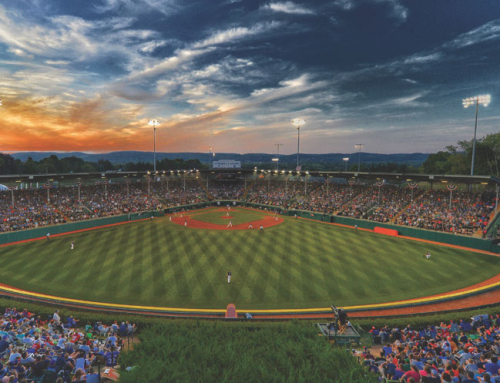ROME, Italy – Despite the best intentions to relax and to slowly wander the city and ruins, a visit to Rome is guaranteed to cause anxiety because there is so much to see and so little time to see it all.
One of the busiest – and most vibrant – city in the world, Rome defined civilization 2,000 years ago. Today, it’s a breath-taking mixture of new and ancient, and most of it is adorned with graffiti.
Rome’s narrow, cobblestone streets are filled with tourists hurrying from one attraction to another, and small, zippy automobiles that make crossing the street a challenge. The hectic pace begins as soon as you enter the city, most likely through Roma Termini (Stazione Termini), the central train station named for the ancient Baths of Diocletian, which lie across the street from the main entrance. From here, you can catch both metro lines (A and B), or a bus at Piazza Cinquecento, the square in front of the station.
Termini is a destination unto itself: It not only is the major transportation hub, but it is also a shopping mall with fashionable and popular stores, restaurants, and even a grocery store. After a long, tiring day of touring the city, reaching Termini for a train to your hotel can be a relief, if it weren’t for the fact that there is limited public seating. Perhaps it’s to discourage homeless people from taking up residence in the station, but that, coupled with the crowded pay-toilets that don’t even have toilet seats, is enough to make a sore-footed tourist whimper. But traveling is about becoming a temporary local, so while in Rome …
Small inconveniences – or, more accurately, cultural differences – aside, Rome is the type of city that leaves you breathless racing from one magnificent site to another, and using the Roma Pass is a terrific tool that guarantees you’ll be able to get from the Colosseum to the Vatican to Trevi Fountain. This three-day pass not only gives you unlimited access to public transportation, but it also allows you to skip the long lines at some of the most popular attractions.
The Roma Pass costs 20 Euros and entitles holders to free admission to the first two museums or archaeological sites visited, and discounts for many other museums and sites. And, although you’ll probably purchase several tour guides before traveling to Italy, the Roma Pass Kit includes a map of the city, illustrating the location, addresses, phone numbers, and even timetables of popular tourist information points, metro stations, and museums/sites of interest.
It also contains Roma News, a program of events and tourist services that are eligible for discounts divided by area of interest: art, music, theater, dance, and entertainment. Where to go, what to do, and what to see are easier decisions with the Roma Pass because you’ll want to take advantage of the discounts and perks. It pays for itself the first time you use it as you enter the Colosseum quickly and smugly, bypassing the long ticket line.
If Rome is exciting and energetic during the day, it is ethereal at night, especially when the streets are lit with electric fairy lights and stars. Cars vacate the city’s Centro Storico, and people walk freely in the middle of the streets.
Waiters in white aprons post outside the osterias and bars (simple restaurants and cafes), enticing tourists to stop awhile, drink a glass of wine and dine under the stars. Of course, the best restaurants don’t post waiters outside; they’re far too busy serving the well-informed visitor and the local clientele. If someone stops you on the street and suggests a spot, listen; you won’t regret it. Most of the best places are small, almost hidden from view on side streets.
While a tour book like “Frommer’s Rome, Day by Day” will tell you how to get around the city’s quickly, a better book is Rick Steves’ “Rome.” A practical guide, Steves’ book is filled with inside information and advice instead of colorful snapshots and pull-out maps. His back-door travel philosophy advocates “intensified living—maximum thrills per minute” and “freedom.” With chapters like “Eating” and “Sleeping,” Steve’s makes it easy to find what you’re looking for.
And if you don’t, there’s something just as good, or better, around the corner.
A Wonderful Antidote
 FRASCATI – The Castelli of Frascati, one of several charming “Roman castles” (hill town), is a wonderful antidote to the frenzied pace of Rome.
FRASCATI – The Castelli of Frascati, one of several charming “Roman castles” (hill town), is a wonderful antidote to the frenzied pace of Rome.
After a weary day of touring the ruins or the browsing one of the museums, a 30-minute train ride to the old town of Frascati is a way to wind down. If the sun is still up, you can dreamily gaze out the window and admire the scenery. It seems that almost every apartment balcony doubles as a clothesline and every house has a fence. These fences can be thick, stucco-covered stone walls or they can be chicken wire interwoven with rusting corrugated tin sheets. It doesn’t seem to matter so long as there is a modicum of privacy or protection.
The spectacular ruins of Roman aqueducts intersect with the train route from Rome to Frascati. It’s almost eerie to watch as the tall stone arches creep into view, then within minutes, tower above the train as they march from the hills, across the valley, and to the ancient city.
Frascati is the biggest of the Castelli and has many restaurants and osterie (humble taverns). Frascati also is renowned for its white wine and for the 17th century Villa Aldobrandini, whose craggy façade overlooks the valley and can be seen as far away as Rome.
Villa Grazioli is another historic Frascati home and is now a Park Hotel. The 16th-century villa is surrounded by parkland and an Italian garden. Commissioned by Cardinal Carafa and completed in 1580, it sits atop a hill that slopes down towards the Tyrrhenian Sea. Many cardinals and aristocratic families have resided in the villa, and the Marquis de Sade is reputed to have stayed there.
The property was purchased by Duke Pio Grazioli in 1843 and his heirs lived there for a century. Abandoned briefly after World War II, it was purchased the company Villa Grazioli, and extensive restoration work on both the villa and the gardens began. Unfortunately, part of the restoration destroyed parts of the magnificent 17th- and 18th-century frescoes. Still, the frescoed salons and galleries of the Park Hotel Villa Grazioli offer splendid respite.
Its panoramic terrace provides outstanding views of Rome, but, to the southeast is an even better view – a hillside dotted with umbrella pines and private villas and, further, a snowcapped mountain. The hotel is a quiet, spacious retreat that enables its guests to relax amidst museum-quality antiques and paintings, and its restaurant, Acquaviva, serves Mediterranean cuisine accompanied by superb regional wines. Its breakfast buffet is a munificent array of farm-fresh eggs, fried pancetta, whole milk, and fruit.
Frascati and the Park Hotel Villa Grazioli is a glimpse into Rome’s romantic past; a place where sunrises rival sunsets. It’s a glorious haven to view both.






